Description
Do you need Maize grain for cattle feeding: Learn about the benefits of feeding corn to your cattle, including energy content. Order from us here now.
Maize grain for cattle feeding
Maize (Corn) Grain for Cattle Feeding: A Comprehensive Guide
Maize, commonly known as corn, is a staple grain in livestock feeding, particularly for cattle. Its high energy content and relatively low cost make it a popular choice for producers aiming to optimize cattle growth, milk production, and overall performance. However, understanding the nuances of using maize in cattle diets is crucial to maximize its benefits and avoid potential pitfalls.
Why Choose Maize for Cattle Feeding?
Maize offers several compelling advantages as a feed ingredient for cattle:
- High Energy Content: Maize is primarily composed of starch, a readily digestible carbohydrate. This high energy concentration makes it ideal for meeting the energy demands of growing cattle, lactating cows, and finishing steers. This efficient energy conversion translates to quicker weight gain and increased milk production.
- Palatability: Cattle generally find maize palatable, ensuring good feed intake. This is particularly important for young calves and cattle adapting to different feed regimes.
- Availability and Affordability: In many regions, maize is readily available and often more cost-effective than other energy sources like barley or oats.
- Versatility: Maize can be fed in various forms, allowing producers to tailor its application to specific cattle needs and feeding systems.
Forms of Maize for Cattle Feeding:
Maize can be incorporated into cattle diets in several forms, each with its own advantages and disadvantages:
- Whole Maize Grain: Whole maize is the simplest form to feed, but its digestibility can be limited, particularly for younger cattle. Kernel processing, such as cracking or rolling, is generally recommended to improve digestibility.
- Cracked or Rolled Maize: Processing maize kernels increases the surface area exposed to digestive enzymes, enhancing starch utilization. This is a common and effective method, especially for feedlot cattle.
- Ground Maize: Grinding maize into a fine powder further increases digestibility. However, very finely ground maize can lead to digestive upset and should be used cautiously.
- High-Moisture Maize (HMMC): HMMC involves harvesting maize at a higher moisture content (25-35%) and storing it anaerobically. This fermentation process softens the kernel and improves starch digestibility, making it an excellent option for dairy and beef cattle.
- Maize Silage: Maize silage, made by fermenting the entire maize plant, is a valuable source of both energy and fiber. It’s commonly used in dairy cattle rations and can contribute significantly to the overall feed budget.
Nutritional Considerations and Limitations:
While maize is a valuable feed ingredient, it’s important to consider its nutritional limitations and supplement accordingly:
- Low Protein Content: Maize is relatively low in protein, requiring supplementation with other protein sources like soybean meal, canola meal, or distillers grains.
- Mineral Deficiencies: Maize is deficient in certain minerals, particularly calcium, phosphorus, and trace minerals like copper, zinc, and selenium. Mineral supplementation is crucial to ensure optimal cattle health and performance.
- Mycotoxins: Maize can be susceptible to contamination with mycotoxins, toxic compounds produced by fungi. Testing maize for mycotoxin levels is essential, and appropriate management strategies, like using mycotoxin binders in the feed, may be necessary.
- Acidosis: Overconsumption of maize, particularly in rapidly growing feedlot cattle, can lead to acidosis (a drop in rumen pH). Proper feed management and gradual introduction of maize into the diet are essential to prevent this condition.
Incorporating Maize into Cattle Diets:
The optimal inclusion rate of maize in cattle diets depends on factors such as animal age, stage of production, and the overall composition of the ration.
- Calves: Small amounts of cracked or rolled maize can be introduced to calves as creep feed to encourage early rumen development.
- Growing Cattle: Maize can be a significant component of growing cattle diets, providing the energy needed for rapid weight gain.
- Finishing Cattle: High levels of maize are often used in finishing diets to maximize carcass quality and marbling.
- Dairy Cattle: Maize grain and silage are commonly used in dairy rations to support high milk production.
Best Practices for Maize Feeding:
- Source High-Quality Maize: Select maize that is free from mold, pests, and excessive foreign material.
- Process Grain Appropriately: Choose the appropriate processing method based on the age and type of cattle.
- Supplement with Protein, Minerals, and Vitamins: Ensure adequate supplementation to address maize’s nutritional deficiencies.
- Monitor Feed Intake and Cattle Health: Closely monitor feed intake and cattle health to detect any potential problems.
- Consult with a Nutritionist: Working with a qualified nutritionist is highly recommended to develop balanced and cost-effective cattle rations.
Conclusion:
Maize is a valuable and widely used energy source for cattle feeding. By understanding its nutritional properties, various forms, and potential limitations, producers can effectively incorporate maize into their feeding programs to optimize cattle growth, milk production, and profitability. Careful attention to feed management, supplementation, and cattle health is essential to maximize the benefits of maize and ensure the well-being of the animals.
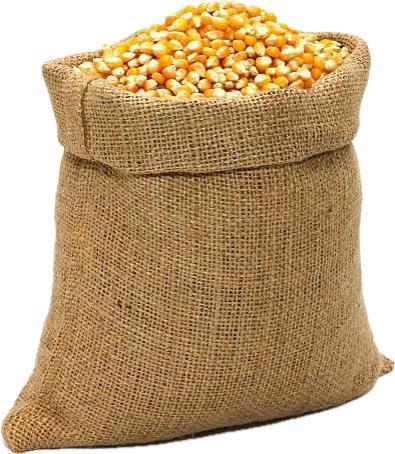
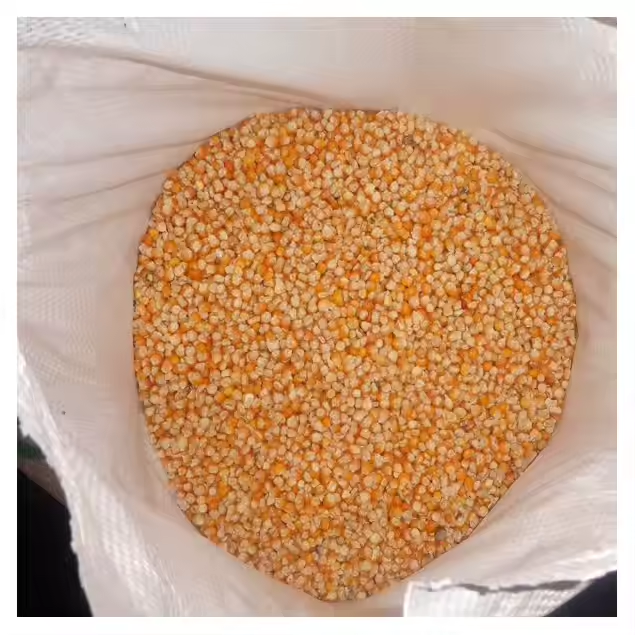


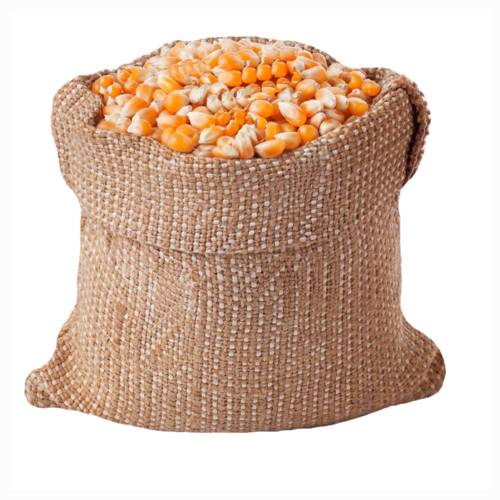


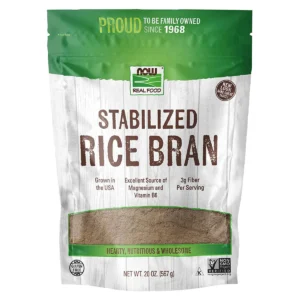

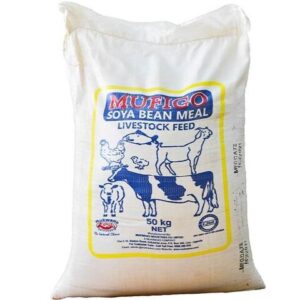


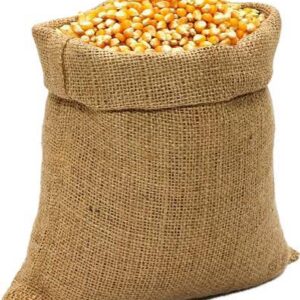
Reviews
There are no reviews yet.